The Paleolithic Site Hualongdong, Anhui Province Found an Intact Skull of Mid-Pleistocene Epoch
From:Chinese Archaeology NetWriter:Date:2016-04-29
The Archaeological Institute of Anhui Province together with Institute of Vertebrate Paleontology and Paleoanthropology, Chinese Academy of Science conducted continuous excavation in the Hualongdong Paleolithic Site, Anhui Province in the year 2014 and 2015, the size of which reached 18 square meters and 28 square meters. During excavation, the plan and cross-section view were mapped out, the fossil sample’s taphonomy, colleting, geology, environment as well as age was analyzed. 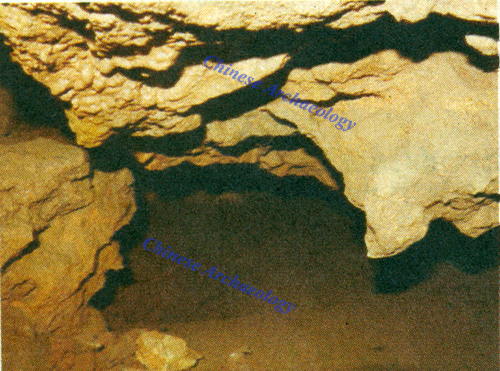
The cave exposed from the site
Human Fossil
Near 30 pieces of human fossil were discovered, among which there were an intact skull with eye orbit, a piece of upper part of eye pit, 3 pieces of mandible with 4 teeth, a piece of maxilla with 1 tooth, 7 teeth, a piece of frontal bone fragment, a piece of temporal bone, as well as over 10 pieces of skull fragments.
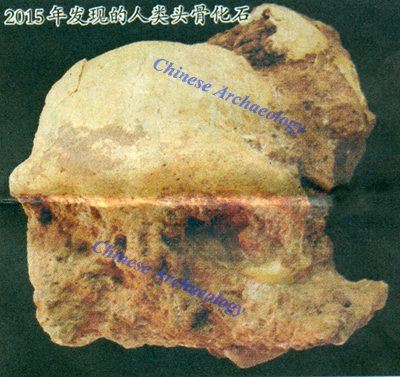
The intact skull unearthed from the site
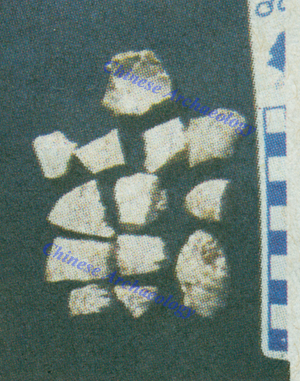
Part of the skull fragments unearthed from the site
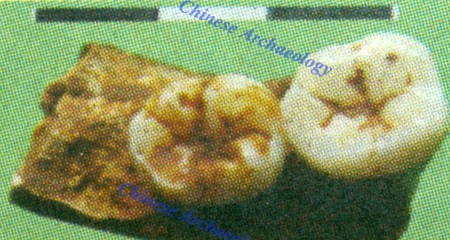
The human fossil of mandible with teeth

The human fossil of tooth
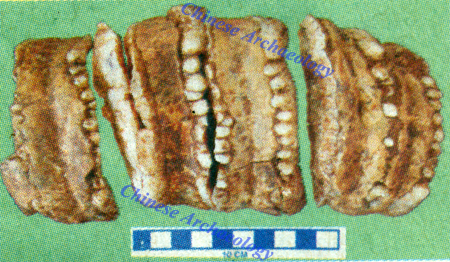
The Oriental stegodon fossil
Over 6000 pieces of animal fossil were discovered, through preliminary sorting, the animal fossils belonged to more than 20 species, the extincted Stegodon, Megatapirus, Ailuropoda melanoleuca baconi, Bibos gaurusgrangeri and Megaloceros pachyosteus has been identified.
About 140 stone artefacts were unearthed, including 20 pieces of spicemens which were typical. The raw materials were quartz, limestone, petrosilex, and flint etc. The stone artefacts were relatively small, mainly were chippings and scabblings, implying the feature of the stone industry.
The Animal Bones with Trace of Human
Some of the animal bones presented unusual fractures, as well as many bones’ surface possessed the trace of cutting, chopping and breaking, which obviously resulted from the trace of human, left when they killing animals and making tools.
Dating
The laboratory dating research program is still in process, according to the analysis of animal bones accompanied with ancient human, Hualongdong Site was dating back to the Mid-Pleistocene Epoch, close or earlier than homo erectus in County He, Anhui province.
Preliminary Conclusion
There found about 30 pieces ancient human fossils in Hualongdong site, especially the intact skull fossil in the year of 2015.It was a new site where the skull of Homo erectus was found except from Zhoukoudian, Lantian, Hexian, Yunxian and Nanjing. Besides ancient human fossils, abundant stone artefacts and evidence of ancient human living, including unusual fractures and chopping marks on the bones etc. According tot his information, Hualongdong site should be a place of homo erectus’ fossil, where ancient human was living.
Hualongdong site is near to the places where Mid-Pleistocene Epoch human fossils were found , such as Hexian, Chaoxian and Tangshan, Nanjing. Hualongdong site still remains lots of fossil deposit, which provides potential prospect for excavation as well. Therefore, the human fossils and related materials have great significance for the study of human evolution in China and the whole East Asia area. Through the excavation of Hualongdong site and multidisciplinary study, such as paleoclimate and paleoenvironment, revealing the ancient human’s living environment and adaptability. At present,,the classification and research of unearthed remains in Hualongdong site has already begun, as well as the protection plan. (Translator: Lang Langtian)

